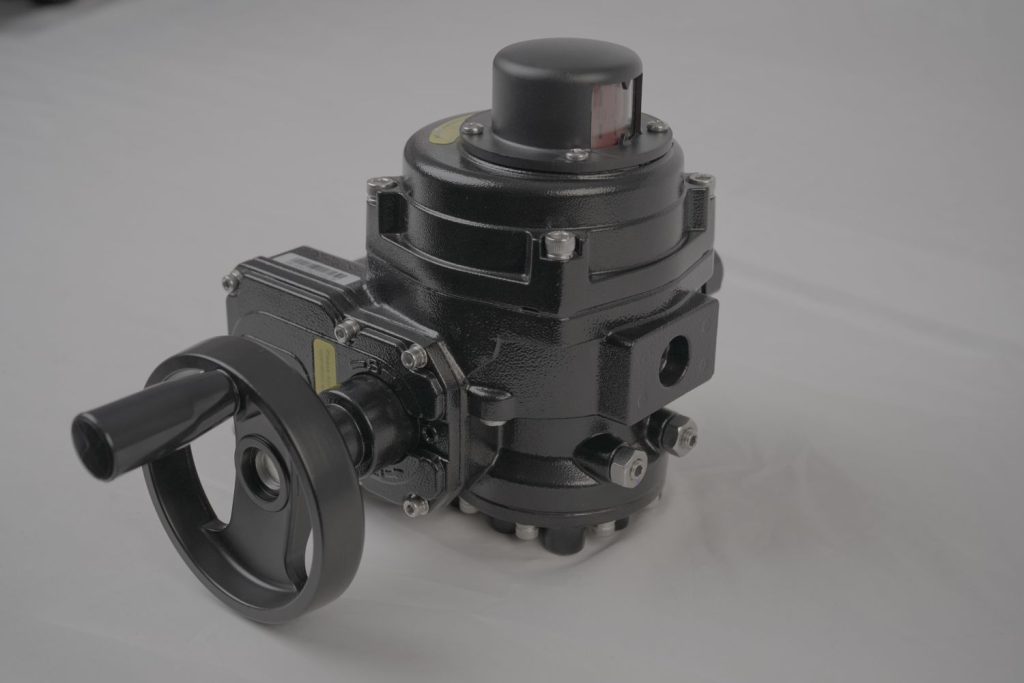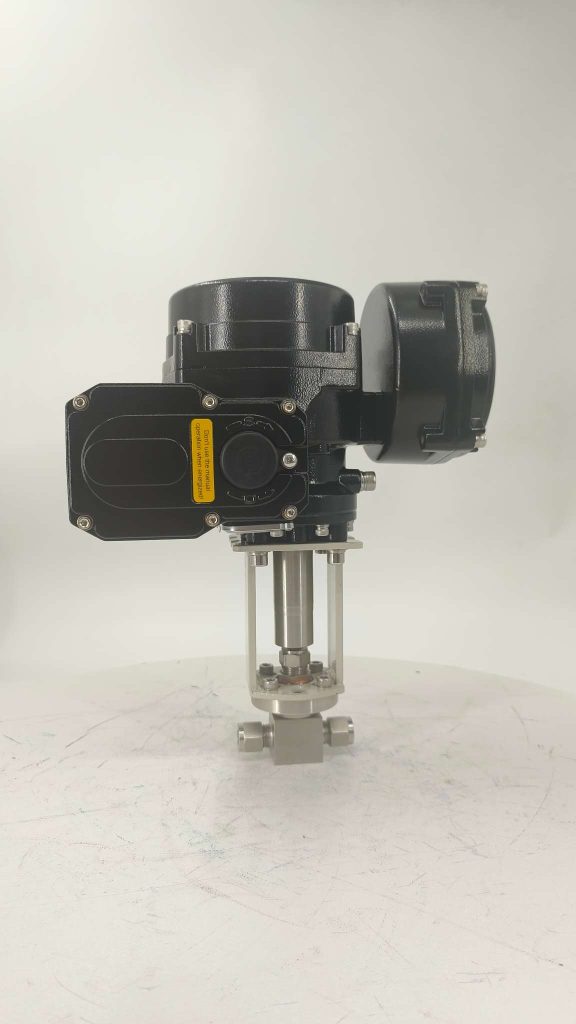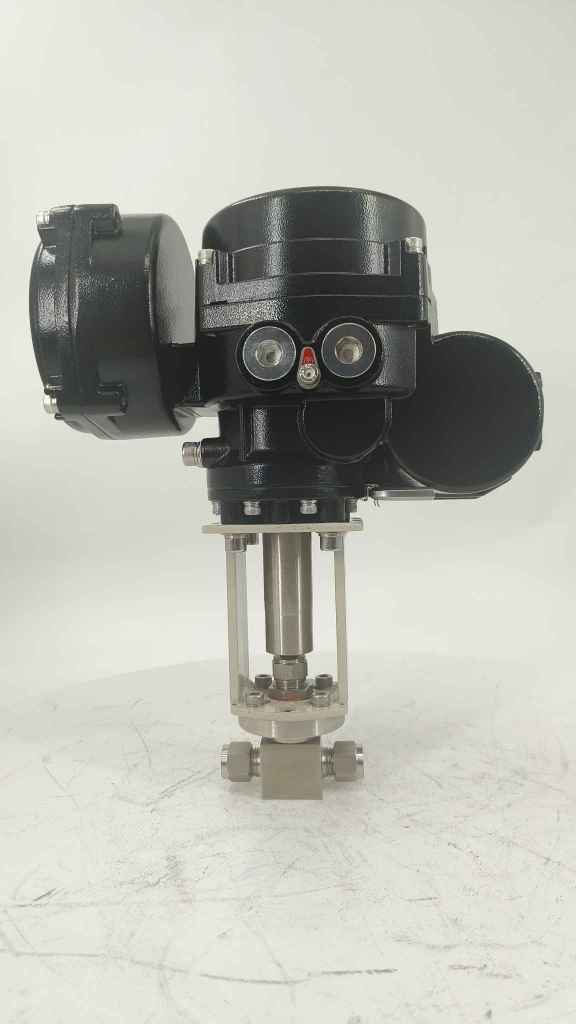In the world of clean energy, hydrogen and lithium batteries are two technologies at the forefront of innovation, both playing significant roles in advancing sustainability and reducing carbon emissions. As these technologies continue to develop, integrating them into safe and efficient systems becomes increasingly crucial. One of the key components in achieving this integration is the Hydrogen Energy Lithium Battery Valve. This valve plays a pivotal role in optimizing energy flow, maintaining safety, and enhancing the overall performance of hybrid energy storage systems that combine hydrogen fuel cells and lithium-ion batteries.

The Role of Hydrogen Energy and Lithium Batteries

Hydrogen energy has emerged as a promising alternative to traditional fossil fuels due to its clean-burning nature. Hydrogen fuel cells generate electricity by combining hydrogen and oxygen, with water being the only byproduct. This process makes hydrogen energy an environmentally friendly option, particularly for sectors like transportation, where hydrogen-powered vehicles can reduce greenhouse gas emissions significantly. Lithium-ion batteries, on the other hand, are widely used in various applications, from electric vehicles (EVs) to portable electronics and renewable energy storage systems. Their ability to store and release electrical energy efficiently has made them a crucial part of the transition towards clean energy. However, while both hydrogen and lithium-ion batteries are highly effective individually, their integration into a single energy system presents unique challenges.
